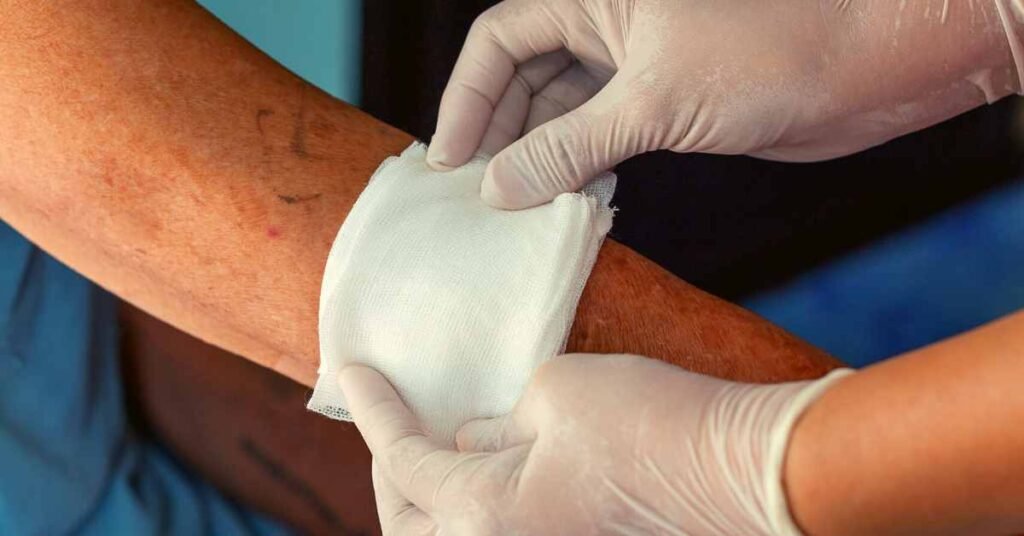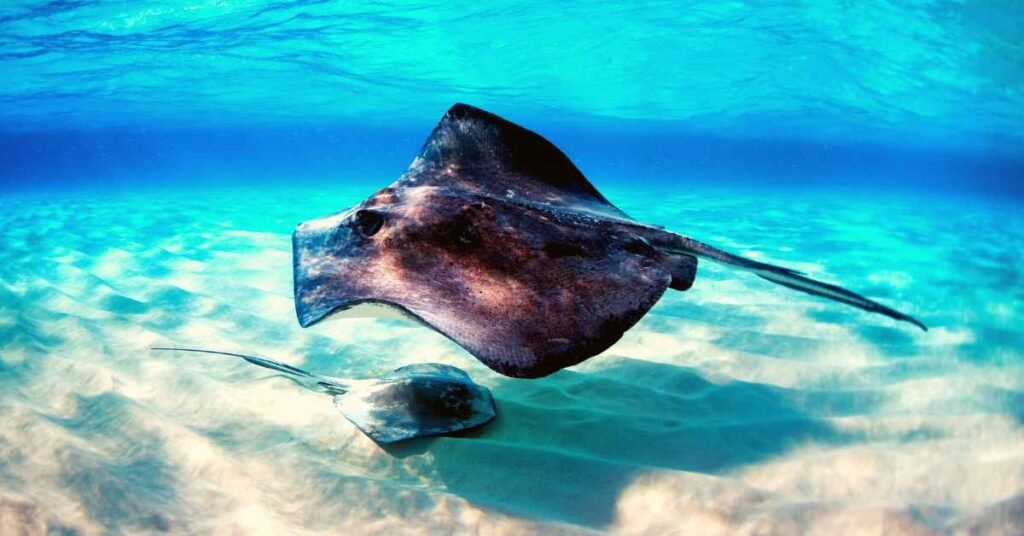Tea has been cherished for centuries not only as a soothing beverage but also for its medicinal properties.
Among its diverse applications, the use of tea poultices in traditional medicine has gained popularity for treating various ailments.
One intriguing question that has emerged is whether tea poultices can be employed as a natural remedy for stingray wounds.
In this article, we will explore the potential benefits of tea poultices in calming the effects of a stingray injury and examine the science behind their healing properties.
Understanding Stingray Wounds

Stingray injuries are notorious for causing intense pain, swelling, and sometimes even secondary infections.
These wounds typically occur when an unsuspecting individual steps on a stingray hidden in the sand or shallow water, leading to the creature’s defensive response.
The stinger, located on the stingray’s tail, is equipped with barbs and venom-producing glands, making the wound particularly painful and prone to complications.
Tea Poultices and Their Healing Properties
Tea poultices involve applying a warm, moistened mixture of tea leaves directly to the affected area.
Various types of tea, such as black, green, or herbal blends, have been used for their potential anti-inflammatory and antimicrobial properties.
Let’s delve into the components of tea that make it a plausible candidate for soothing stingray wounds.
Tannins
Tea contains tannins, a class of polyphenolic compounds known for their astringent properties.
Tannins can help constrict blood vessels and reduce bleeding, potentially limiting the spread of venom from the stingray injury.
Additionally, their antimicrobial properties may aid in preventing infections, a common concern with open wounds.
Anti-Inflammatory Effects

Certain types of tea, particularly green tea, are rich in antioxidants like catechins.
These compounds have demonstrated anti-inflammatory effects in various studies, suggesting their potential to alleviate the inflammation associated with stingray wounds.
By reducing swelling, tea poultices may contribute to pain relief and faster healing.
Warmth and Moisture
The application of warm and moist poultices has long been recognized as a beneficial method for promoting blood circulation and accelerating the body’s natural healing processes.
Tea poultices, when applied to stingray wounds, can provide the dual benefits of warmth and moisture, potentially enhancing the overall healing experience.
Case Studies and Anecdotal Evidence
While scientific research on the specific use of tea poultices for stingray wounds is limited, there are anecdotal accounts and historical references suggesting their efficacy in similar contexts.
Traditional medicine systems in various cultures have utilized tea-based remedies for wound healing, showcasing the longstanding belief in the healing properties of tea.
One notable example is the use of green tea poultices in traditional Chinese medicine for treating injuries and reducing inflammation.
Although not directly related to stingray wounds, these practices underscore the broader application of tea poultices in managing injuries.
Preparation and Application of Tea Poultices for Stingray Wounds

If considering a tea poultice for a stingray wound, it’s essential to choose the right type of tea and follow a proper preparation process. Here’s a simple guide:
- Choose the Tea: Opt for tea with high tannin content and antioxidant properties. Green tea is a popular choice, but black tea or herbal blends with anti-inflammatory herbs like chamomile or calendula can also be effective.
- Prepare the Poultice: Brew a strong cup of tea and let it cool to a comfortable temperature. Soak a clean cloth or gauze in the tea, ensuring it is thoroughly saturated.
- Apply to the Wound: Gently place the tea-soaked cloth over the stingray wound, covering it completely. Secure the poultice with a bandage or tape to keep it in place.
- Leave on for 15-20 Minutes: Allow the tea poultice to remain on the wound for 15-20 minutes. This duration provides ample time for the beneficial compounds in the tea to be absorbed.
- Monitor for Improvement: Keep a close eye on the wound’s progression and assess whether there’s a reduction in pain, swelling, or other symptoms.
Final Word
While tea poultices may offer potential benefits in alleviating the discomfort associated with stingray wounds, it’s crucial to approach them as a complementary measure rather than a sole solution.
Seeking immediate medical attention for stingray injuries is imperative, as professional medical care is essential to properly address the venomous nature of these wounds.
Tea poultices, with their anti-inflammatory, antimicrobial, and soothing properties, may play a supportive role in the overall healing process.
As research in this field progresses, the integration of traditional remedies like tea poultices into modern wound care practices may become more commonplace.
Until then, enjoying a warm cup of tea and exploring its diverse applications, both internal and external, remains a time-honored tradition with the potential to offer natural relief in various health scenarios.
MEDICAL DISCLAIMER
Itsnevernotteatime.com cannot and does not contain medical/health advice. The medical/health information is provided for general and educational purposes only and is not a substitute for professional advice.




